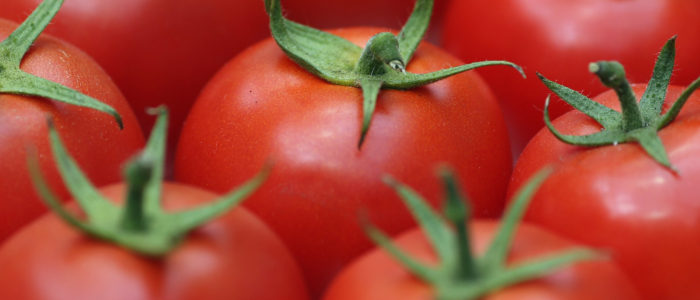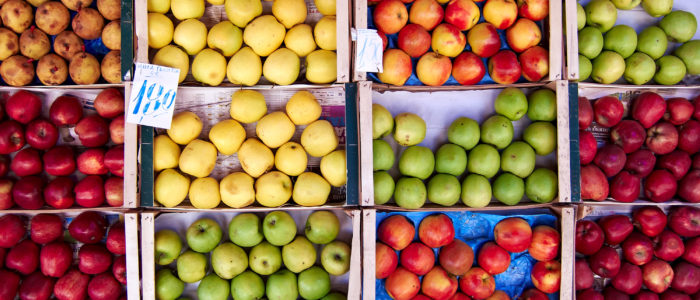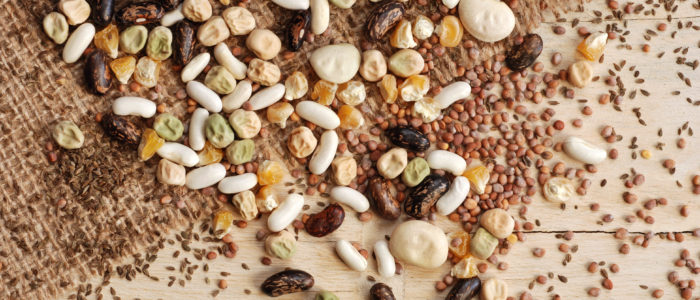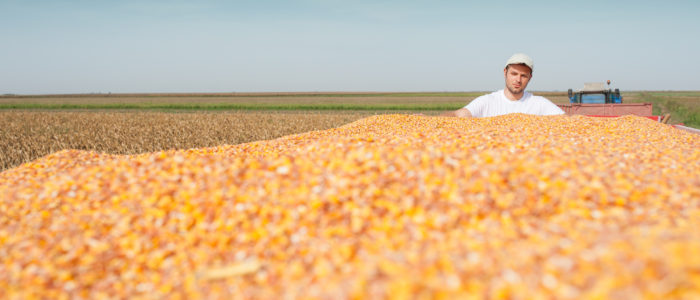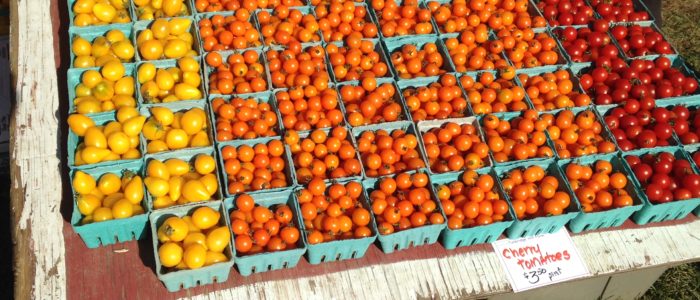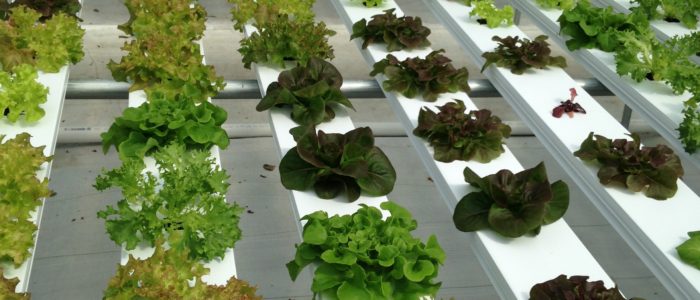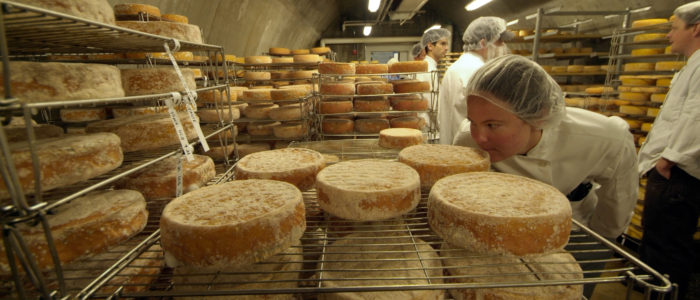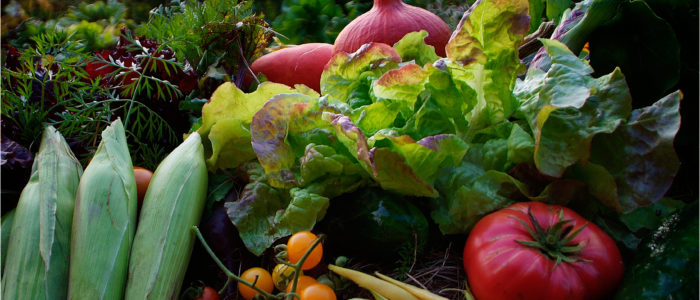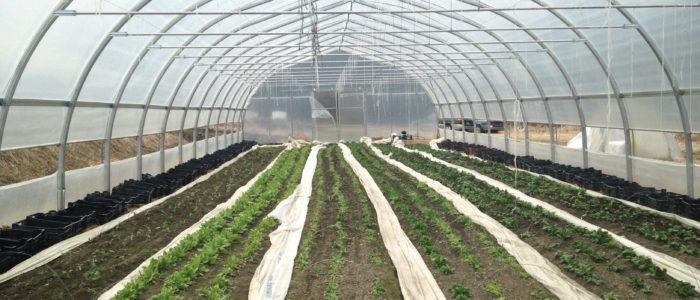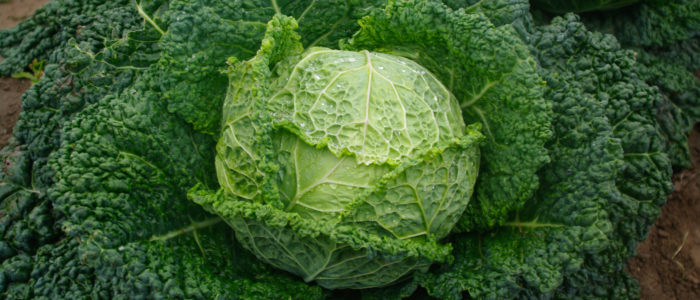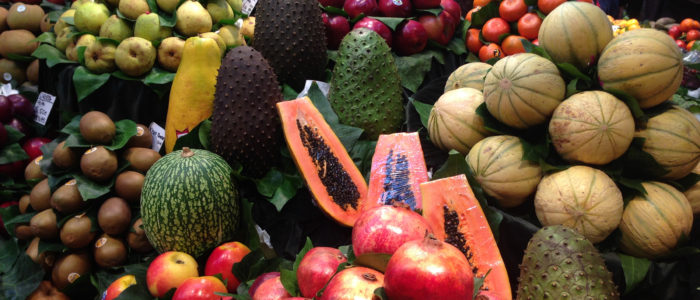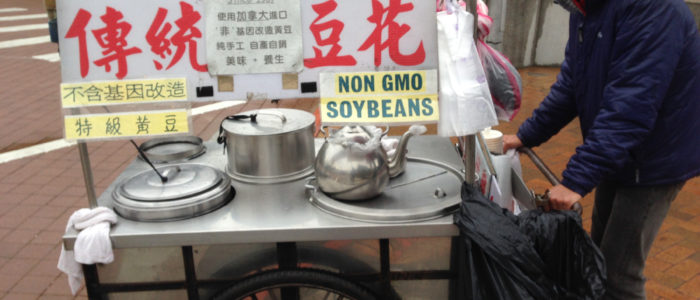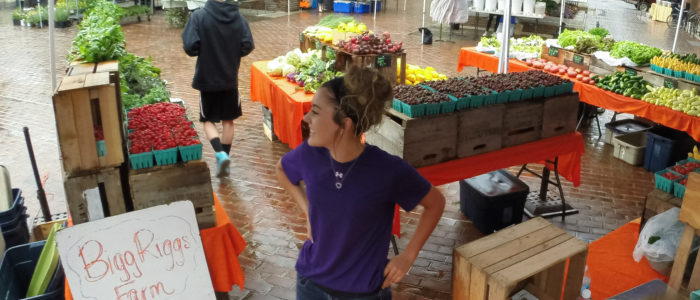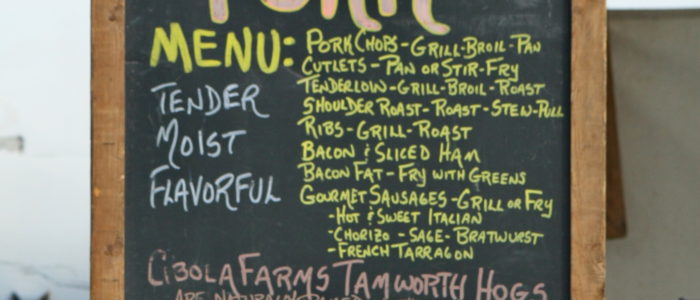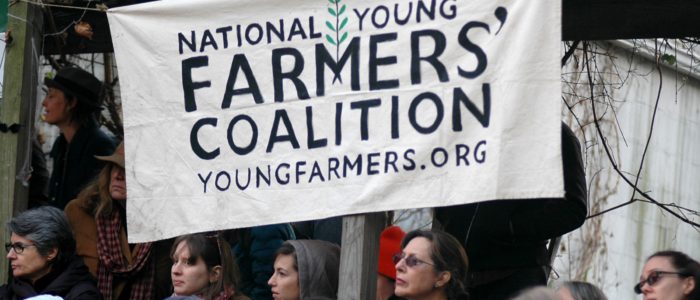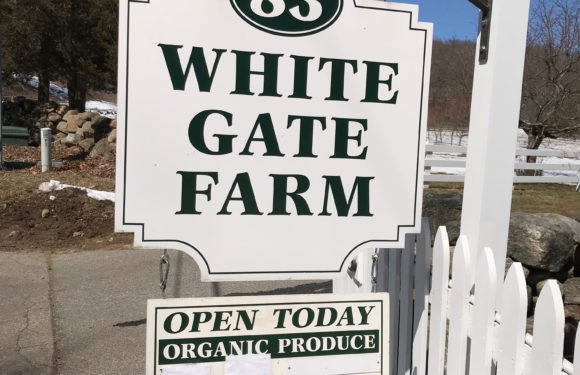
When I was a kid, my older brother lived on Thompson Street in Greenwich Village, and he was the first to introduce me to a bevy of unusual restaurants. There was the macrobiotic restaurant with long, rough-hewn picnic tables (inside and downstairs) populated by hippies drinking Mu Tea and eating delightful but unrecognizable fare, or the Asia de Cuba restaurant born out of a blended Cuban and Chinese cuisine, plus countless other eateries. Never once did I think of these places as innovative or startups, as they are now called. I just thought they were cool restaurants. And I was right; they were cool, delivering unique culinary adventures with every bite.
But what is the difference between a startup and an innovator? Let’s take a moment to distinguish them before we take a look at 10 of the most impressive restaurant innovators and startups of today.
Startups
According to Steve Blank, adjunct professor of entrepreneurship at Stanford, UC Berkeley, and senior fellow at Columbia, a startup is “an organization designed to search for a repeatable and scalable business model.” The key word is “search.” This is the first stage in your restaurant’s operations. Psychologically, a startup lays claim to perceptions of fresh, young, vibrant, and on the cusp of mercurial financial success. Indeed, a startup trades stability for the possibility of rapid growth and the potential of immediate impact. Typically, startups assume the title for no longer than three years, although there are exceptions. “Keeping that dynamic culture gets much harder with every new employee and with every year that passes,” notes Matt Salzberg, CEO and cofounder of Blue Apron.

An essential element of a startup is its ability to grow: It must be poised to develop quickly. Finally, a startup is frequently financed by venture capitalists, taking a chance that your startup restaurant will be a hit. How do you know when you’re no longer a startup? A strong foundation allows you to scale up with confidence. Once you’ve moved out of the first stage and actively build your restaurant, you’re no longer a startup.
Innovator
Innovation is a new way of doing things. It attracts both foodies and critics. But restaurant innovation is not as easy as it might appear. Innovation must satisfy a number of requirements, starting with the obvious — attracting new customers, staying relevant, and maintaining a unique selling point (USP). To be a true innovator, however, you must show accountability of operational costs and sales growth. The sad truth is that 60 percent of restaurants fail within the first 3 years. Gimmicks won’t work. Innovation needs to transcend trends and fads. It must improve how you operate your restaurant and increase your chances of success.
Notable Startups
Creative genes must run in the family. Elon Musk’s brother Kimbal is determined to change the way Americans eat by bringing the farm closer to the table with the Memphis-based Kitchenette, offering locally sourced fast food at $5 a pop. His second startup is called Next Door: “We want to replace all the T.G.I. Friday’s, Applebee’s — at a price point that is arguably even lower than those guys,” Musk says. “We still serve burgers, salads and so forth, but it’s local. It’s healthy. And it’s inexpensive.”

Poke, anyone? Translated from Hawaiian, poke means “to slice or cut” and relates to chunks of raw, marinated fish, usually tuna, tossed over rice and topped with vegetables and umami-based sauces. It’s been called “the next generation of sushi.” A poke wave has emerged that is rivalling fast food and quick service restaurants. PokéWorks, Poke Bowl, and Poke King are examples of these mushrooming startups.
Speaking of mushrooms, Smallhold, a Brooklyn-based startup, offers restaurants the unique ability to grow high quality, organic mushrooms and leafy greens on-site using climate-controlled chambers, or minifarms, with special lighting and water circulation technology. The result is “40 times the output per square foot of a traditional farm with 96 percent less water usage, longer shelf-life and less packaging.” Their promise is to “grow mushrooms anywhere, without being a farmer.”
Inventive Innovators
Since Blue Hill at Stone Barns opened in 2004, it has earned a reputation as a premier farm-to-table restaurant. Their USP is to integrate the dining experience with the surrounding environment as intimately as possible: “Sourcing from the surrounding fields and pasture, as well as other local farms, Blue Hill at Stone Barns highlights the abundance of the Hudson Valley. There are no menus at Blue Hill at Stone Barns. Instead, guests are offered a multi-taste feast featuring the best offerings from the field and market.” Guests can also take a tour of one of their farms.
When I was even younger than my Greenwich Village experiences, my father used to take me to the Horn & Hardart automat in New York City where stacks of cubby holes with windows waited for hungry walk-ins. Pea soup! Tuna sandwiches! No personal service whatsoever. It seems everything old is new again, but this time updated with modern technology and tastes: Eatsa is totally automated. Guests order via iPads and the food is delivered through glass compartments. Their USP is to “deliver a magical customer experience, while serving more customers, faster and more efficiently.” Using the Internet of Things, Eatsa is always improving operational efficiencies using analytics to promote customer loyalty and realize higher efficiencies at lower cost. And with beautifully prepared, healthy food like the winter harvest salad with quinoa and winter veggies—not to mention the bento, burrito, curry and falafel bowls—it is definitely not my daddy’s automat. Most entrees are $6.95.
A restaurant with its own sustainable fish farm? That would be The Perennial, a San Francisco-based, self-described “upscale New American bistro serving locally sourced, eco-friendly fare in industrial-chic quarters.” The Perennial operates a 2,000-square-foot aquaponic greenhouse in Oakland that converts food waste from the restaurant into food for fish which in turn fertilize vegetable and herb production. The restaurant also serves climate-beneficial beef produced by Stemple Creek Ranch using the carbon farming protocol developed by the Carbon Cycle Institute.
Are You Ready to Launch a Startup or Innovate Your Restaurant?
Rapid growth of locally sourced, plant-based, transparent, healthy, seasonal, and convenient food continues to accelerate. Here are some tips and observations on how to get it right the first time:
- Understand that true innovation improves margins, efficiencies, and environmental sustainability, benefitting your business and the consumer.
- Seek out collaborations and investments in emerging companies.
- Balance your efforts to attract new customers and/or enhance customer experience with innovative analytics to identify improvements in your restaurant’s operation.
- Maintain perfect consistency while simultaneously being innovative and trailblazing.
- Imbed creativity and learning across your restaurant by creating a culture of collaborative input and thoughtful development.
- Demonstrate that attention to detail can exist side-by-side with dynamic development.
- Consider delivery services, pre-prepared food, and booking aggregators.

